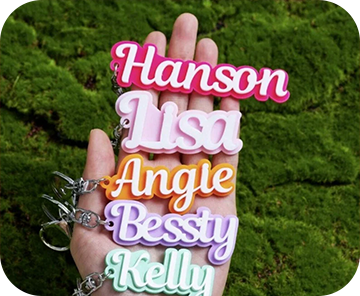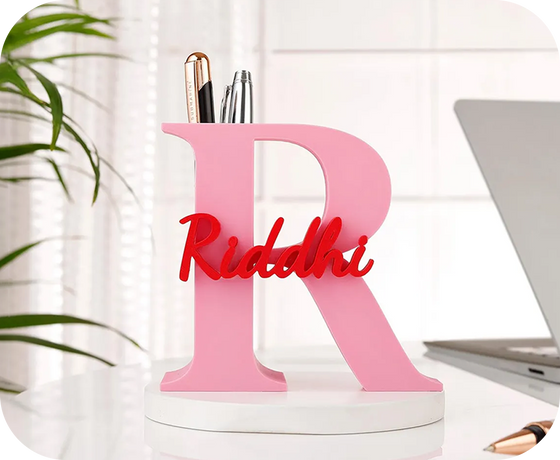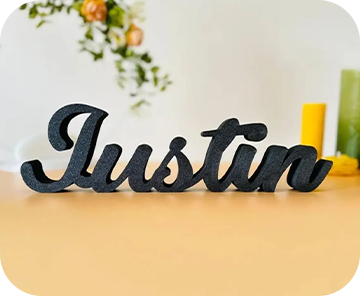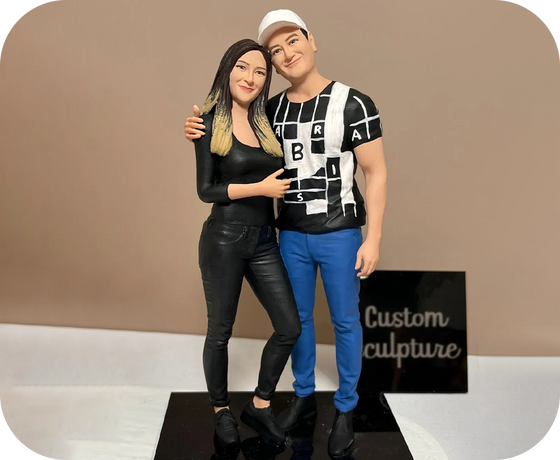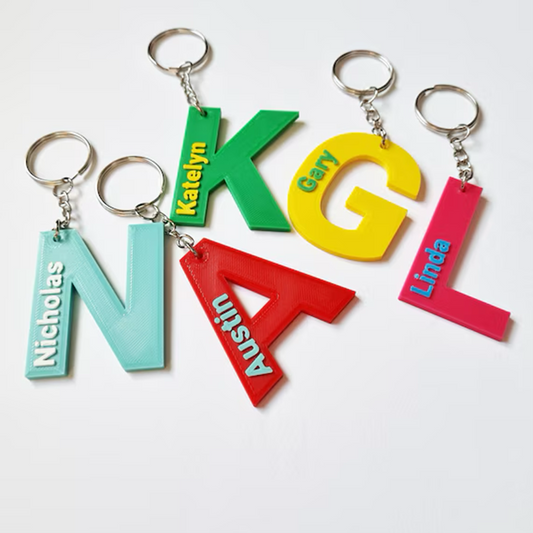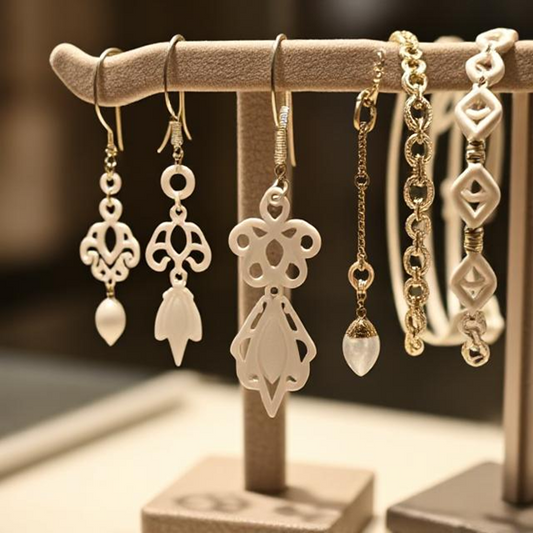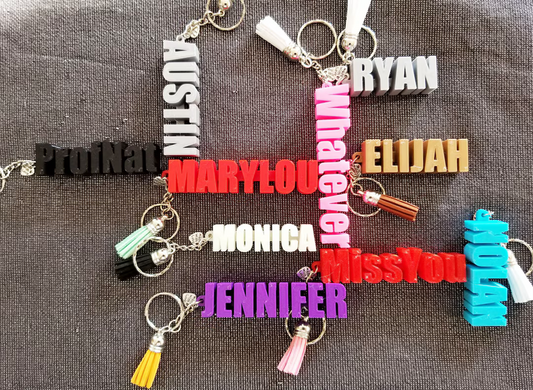How to Customize and Personalize 3D-Printed Products for Customers
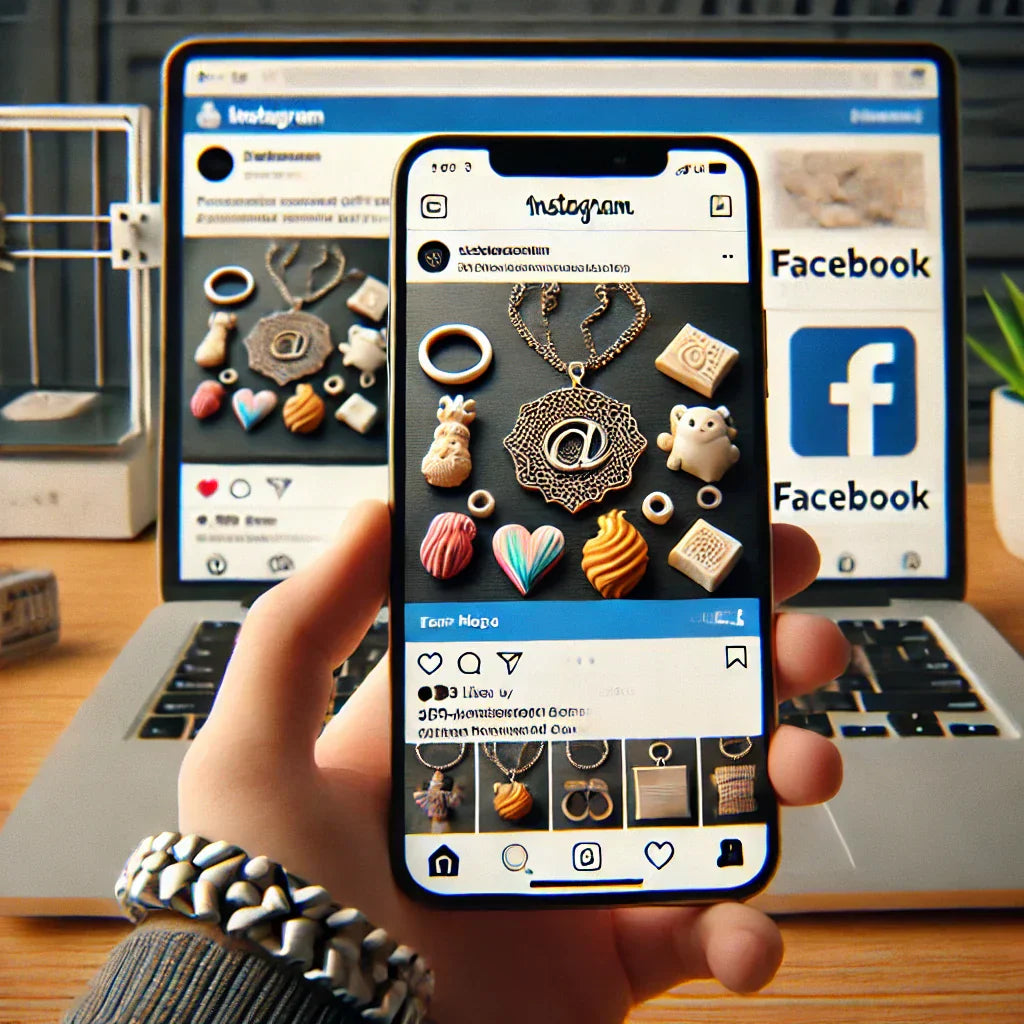
Introduction
In today’s eCommerce landscape, customers seek unique, one-of-a-kind products that reflect their personality and needs. 3D printing offers an exciting opportunity for Shopify store owners to provide customized and personalized products with ease. This guide will explore how to offer tailored 3D-printed designs that enhance customer engagement and boost sales.

1. Why Customization Matters
Personalization adds value by allowing customers to create products that fit their preferences. Benefits of offering customized 3D-printed products include:
-
Increased customer loyalty – Unique products make customers feel special and valued.
-
Higher profit margins – Personalized items often command a premium price.
-
Competitive advantage – Stand out in the market by offering products that traditional retailers cannot.

2. Types of Customizable 3D-Printed Products
There are countless ways to personalize 3D-printed products. Here are some popular categories:
-
Jewelry & Accessories – Custom name necklaces, bracelets, and keychains.
-
Home Decor – Personalized lamps, wall art, and planters.
-
Tech Gadgets – Custom phone cases, laptop stands, and earbud holders.
-
Toys & Collectibles – Custom action figures, puzzles, and figurines.
-
Prototyping & Gifts – Bespoke prototypes and unique gift items.

3. How to Offer Customization in Your Shopify Store
To successfully integrate product customization into your Shopify store, follow these steps:
A. Use Online Customization Tools
Leverage design software or apps that allow customers to personalize their orders directly from your website. Options include:
-
Shopify apps like Zakeke and Customify – Enable real-time customization previews.
-
Online 3D modeling platforms like Tinkercad and Fusion 360 – For advanced design options.
B. Offer Pre-Designed Templates
Not all customers have design skills. Provide pre-made templates where they can input their names, initials, or favorite quotes.
C. Accept Customer Uploads
Let customers upload custom designs or logos, which you can then convert into 3D-printed models.
D. Provide Multiple Material & Color Options
Give customers a variety of material choices such as PLA, ABS, PETG, or resin, and allow them to select colors that suit their style.
4. Best Practices for Custom 3D-Printed Products
To ensure high-quality personalized prints, consider the following:
-
Set realistic customization limits – Avoid overly complex requests that could compromise print quality.
-
Optimize for printability – Use design software to check for structural integrity before printing.
-
Communicate clear timelines – Custom products take longer to produce, so set expectations with customers.
-
Offer mockups or previews – Provide customers with digital previews before printing to avoid misunderstandings.

5. Marketing Your Custom 3D-Printed Products
Once you have customized products, it’s time to market them effectively:
-
Leverage social media – Showcase successful customer orders and behind-the-scenes printing processes.
-
Run personalized promotions – Offer limited-time discounts on customized products.
-
Create customer testimonials – Encourage customers to share their experiences with custom orders.
-
SEO Optimization – Use keywords like “custom 3D-printed gifts” or “personalized 3D designs” to drive organic traffic.

Conclusion
Customizing 3D-printed products is a fantastic way to attract customers, increase sales, and differentiate your Shopify store. By implementing user-friendly customization tools, offering unique product options, and marketing effectively, you can create a successful personalized product line that keeps customers coming back for more.

